PPT-Algorithms and Software Chapter 7
Author : phoebe-click | Published Date : 2019-06-29
Some of Chapter 8 Sections 172 173 What If There Isnt an Obvious Way Square Root Square Root Square Root Hot Water Iteration Guacamole
Presentation Embed Code
Download Presentation
Download Presentation The PPT/PDF document "Algorithms and Software Chapter 7" is the property of its rightful owner. Permission is granted to download and print the materials on this website for personal, non-commercial use only, and to display it on your personal computer provided you do not modify the materials and that you retain all copyright notices contained in the materials. By downloading content from our website, you accept the terms of this agreement.
Algorithms and Software Chapter 7: Transcript
Download Rules Of Document
"Algorithms and Software Chapter 7"The content belongs to its owner. You may download and print it for personal use, without modification, and keep all copyright notices. By downloading, you agree to these terms.
Related Documents

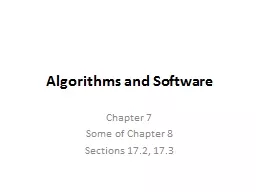
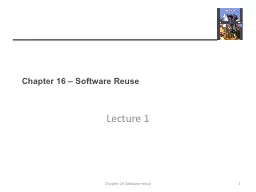

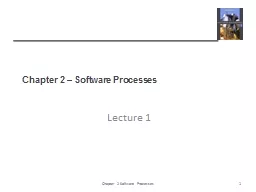

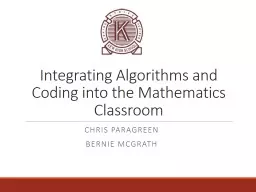

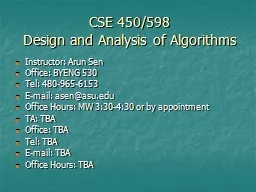
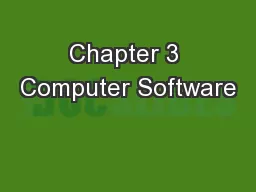
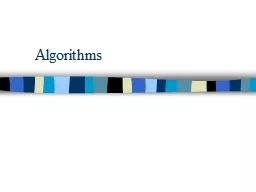

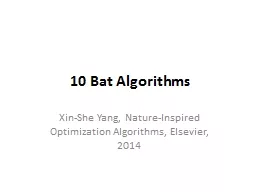
![[FREE]-Algorithms JavaScript: Explains Algorithms with Beautiful Pictures Learn it Easy](https://thumbs.docslides.com/973922/free-algorithms-javascript-explains-algorithms-with-beautiful-pictures-learn-it-easy-better-and-well-easy-learning-java-and-design-patterns-and-data-structures-and-algorithms-book-9.jpg)